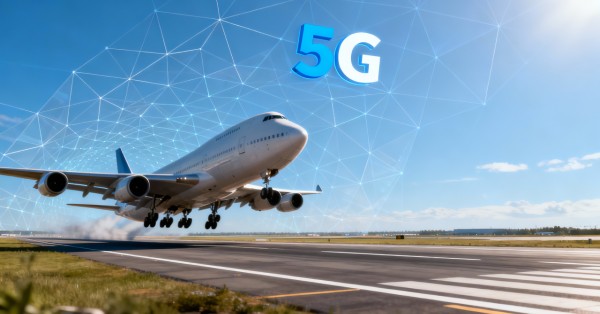DISH Wireless has announced that their 5G broadband service is now accessible to over 70% of the American population. This implies that Dish’s connectivity is available to more than 240 million US citizens. Achieved within three years, this first-of-its-kind 5G network is a notable accomplishment for both DISH and the American telecom industry. In addition, DISH has fulfilled all Federal Communications Commission (FCC) requirements by June 14, 2023, including the roll-out of more than 15,000 5G sites.
DISH’s achievement is credited to their dedicated teams working relentlessly to expand the world’s only 5G cloud-native Open RAN network, according to Dave Mayo, the Executive Vice President of Network Development at DISH Wireless. Their ongoing efforts to lead in Open RAN deployment have been supported by their partners.
Moreover, DISH has been recognized as the first US wireless service provider to introduce 5G voice service or Voice over New Radio (VoNR). Since its initial launch in Las Vegas, the company has extended VoNR service to more regions, now covering over 70 million people via Boost Mobile and Boost Infinite. Plans are in place to expand this service in line with network optimization for next-gen voice tech.
The President and COO of DISH Wireless, John Swieringa, stated that DISH, as an Open RAN tech pioneer, is integral to the transformation of US wireless infrastructure and global communication methods. With their network buildout showing considerable progress, the focus now is on increasing retail and enterprise growth through network monetization. As the DISH 5G network extends to more regions for voice, text, and data services, the company is set to reap the benefits of ownership economics.
Customers can access DISH’s 5G broadband network via Project Genesis, which invites customer feedback on network performance. Available to qualifying locations within the 70% coverage area, the service can be signed up at Genesis5G.com. The Motorola edge+ 2023, equipped with three carrier aggregation supporting Bands 29, 66, 70, and 712, is now accessible to Project Genesis subscribers.
Both Boost Mobile and Boost Infinite subscribers can avail DISH’s 5G network in over 50 markets across the country, provided they have a compatible device. More markets and compatible devices will be added throughout the year.
DISH will submit its FCC buildout report by July 14, 2023. Visit DISHWireless.com/home for a complete list of DISH’s wireless partners.








































